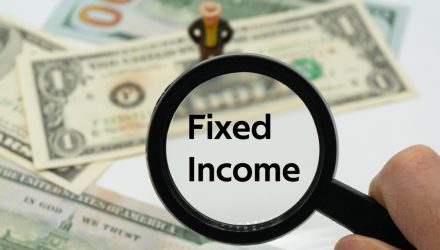A total of $45.9 billion flowed into fixed income strategies in the second quarter. And much of these inflows were into intermediate fixed income ETFs. Per Vanguard, this is the first time in about seven years that investors pulled assets out of short-dated bond strategies. This suggests that investors possibly sense that the Fed’s credit tightening cycle is nearing its end.
Intermediate-term bonds can boost total returns over time. So, advisors shouldn’t let fear of duration risk get in the way of their clients’ long-term total returns.
“Reducing duration for your long-term clients is more likely to reduce total returns than volatility, especially now that yields are at more attractive levels,” according to Vanguard. “Long-term investors should remain focused on both price return and income return. Even when we include the unusually large drawdowns of 2008 (-9.18%) and 2022 (-16.62%), your long-term clients were still better off using intermediate-term bonds because the higher and more durable yields compound faster over time.”
See more: “Why Longer Treasury ETFs Could Help if a Recession Does Occur This Year”
Stepping Onto the Intermediate End of the Curve
For investors who want to be on the intermediate end of the curve, Vanguard has some options. The Vanguard Intermediate-Term Bond ETF (BIV) targets investment-grade bonds with a dollar-weighted average maturity of 5 to 10 years.
The Vanguard Intermediate-Term Corporate Bond ETF (VCIT), meanwhile, targets high-quality corporate bonds with a dollar-weighted average maturity of 5 to 10 years. And for those looking for Treasuries with a dollar-weighted average maturity of 5 to 10 years, the Vanguard Intermediate-Term Treasury ETF (VGIT) may be worth considering. All three funds have an expense ratio of just four basis points.
VettaFi’s vice chairman Tom Lydon called Vanguard “the Hoover of the ETF industry” for how it’s vacuumed up investor dollars.
“They are just rock solid,” Lydon said. “They have so many choices. They’re low-cost and always very, very dependable.”
For more news, information, and analysis, visit the Fixed Income Channel.

